During a recent trip in South Georgia, WarbirdsNews had the opportunity to visit the former Bainbridge Air Base, and we thought our readers might enjoy having a vicarious look at the old WWII-era training field. But first, a little history!
Following US entry into World War II, the Army Air Corps needed to ramp up its intake of new recruits to fill out the ranks. Before that was possible though, the military needed to rapidly expand its existing training air fields, and build hundreds of new ones as well. The Air Corps Flying Training Command, Southeast Training Center selected several sites for new airfield construction, and one of these was near Bainbridge, Georgia. Interestingly, rather than the Air Corps purchasing the lot, it was the City of Bainbridge and Decatur County which clubbed together to acquire the 2,070 acres. They paid the princely sum of $66,800 for the land. They then leased the site to the Army for a dollar a year, and the Army in turn poured millions of dollars into developing the land for use as a basic flight training centre.
Construction began on April 3rd, 1942, and so Bainbridge Army Air Field was born. Being wartime, there was a great deal of urgency to the proceedings, so there was little thought for structural style, or even longevity. Expediency was the rule of the day. The runways, taxiways, hard standings, aprons and hangars quickly came together. The hangars were sturdy enough, but other than a few brick/concrete buildings, most structures consisted of plywood-clad, wooden frames on concrete slabs, with tarpaper roofs overhead. Around the main base, several auxiliary establishments also emerged to support the training mission.
Such was necessity, that even before the airfield was fully completed, flight training began by August 2nd, 1942. The initial flight contingent had a complement of seventy five Vultee BT-13 Valiants serving the Army Air Forces Flying Training Command, Southeast Training Center for advanced single-engine flight training. Both military and civilian contractor flying instructors taught at the airfield. The Army Air Forces Pilot School (Advanced Single-Engine) became the base’s Operational Training Unit. By September 1st, 1942 the number of aircraft stationed at Bainbridge had risen to 132 BT-13s and 14 BT-15s. Bainbridge also hosted a small fleet of Beech AT-10 Wichitas for twin-engine advanced training until the other bases designated for that function were close enough to completion.
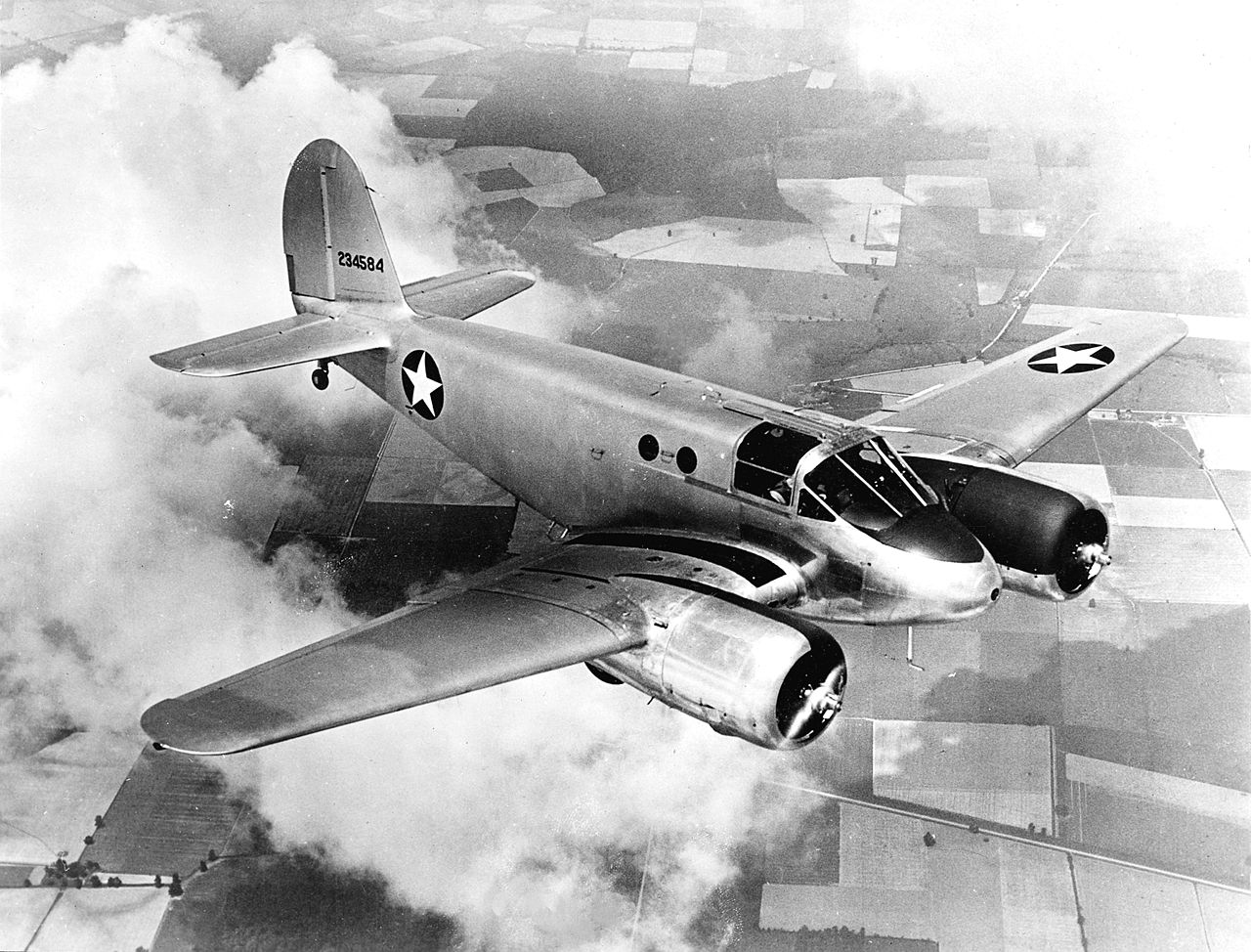
However, the Army Air Force was done with Bainbridge by late 1944, and officially closed it down on December 24th, 1944. The remaining flight cadets moved on to units at Shaw Army Air Field and Cochran AAF to complete their basic flight training. With the airfield’s closure, the Army Air Force gifted its infrastructure to the City of Bainbridge and Decatur County. The airfield saw little use though, even in the immediate post-war years. Farmers leased the open areas on the site for growing crops, and the containment area also saw various uses.
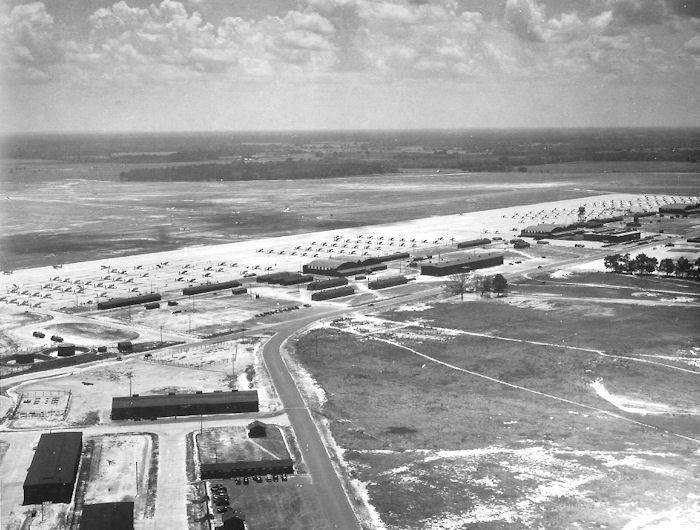
However, with the advent of the Korean War in 1950, the United States Air Force again needed to ready new pilots for service. They resurrected the old Bainbridge Army Air Field as Bainbridge Air Base. Note, it was called an “Air Base” rather than an “Air Force Base”, because a private contractor serviced the field, rather than the military. Due to the neglect of the intervening six years, however, the base had languished into decrepitude, and a substantial effort went into rejuvenating the facilities before they were operational again. The overhaul began in January 1951, and the base was ready for activation again by July 11th, when it became a contract flying school for USAF Air Training Command. The 3306th Pilot Training Group (Contract Flying) became the first Operational Training Unit to take up residency, with the Southern Airways Company handling flight instruction using the North American T-6G Texan, an upgraded version of the classic WWII trainer. Beginning with Class 54-ABC in the spring of 1953, Piper Super Cubs became the aircraft of choice for the first 25 hours of flight instruction. But after the flurry of activity during the Korean War, the demand for new military pilots dried up significantly, so that by the early 1960s there really was no need for Bainbridge Air Base. The Air Force inactivated the base, and returned it to civilian control on March 31st, 1961.
With the base’s closure, civilian activities at the site were not nearly enough to merit the expenditures required to keep all of the structures in use, and so many of the buildings, and some of the hangars have fallen into disrepair. However, there is some hope for one of the main hangars. As you can see in the photograph above, the front doors and roof of the old metal hanger have undergone restoration by some local Decatur county citizens who plan on opening a museum on the site. Decatur County received a $200,000 FAA grant, plus a generous donation from a private citizen for the project. County officials hope the renovations will increase airport traffic and revenue for the county. We hope this comes to pass, as too many of our historic airfields are disappearing and fading even from memory.







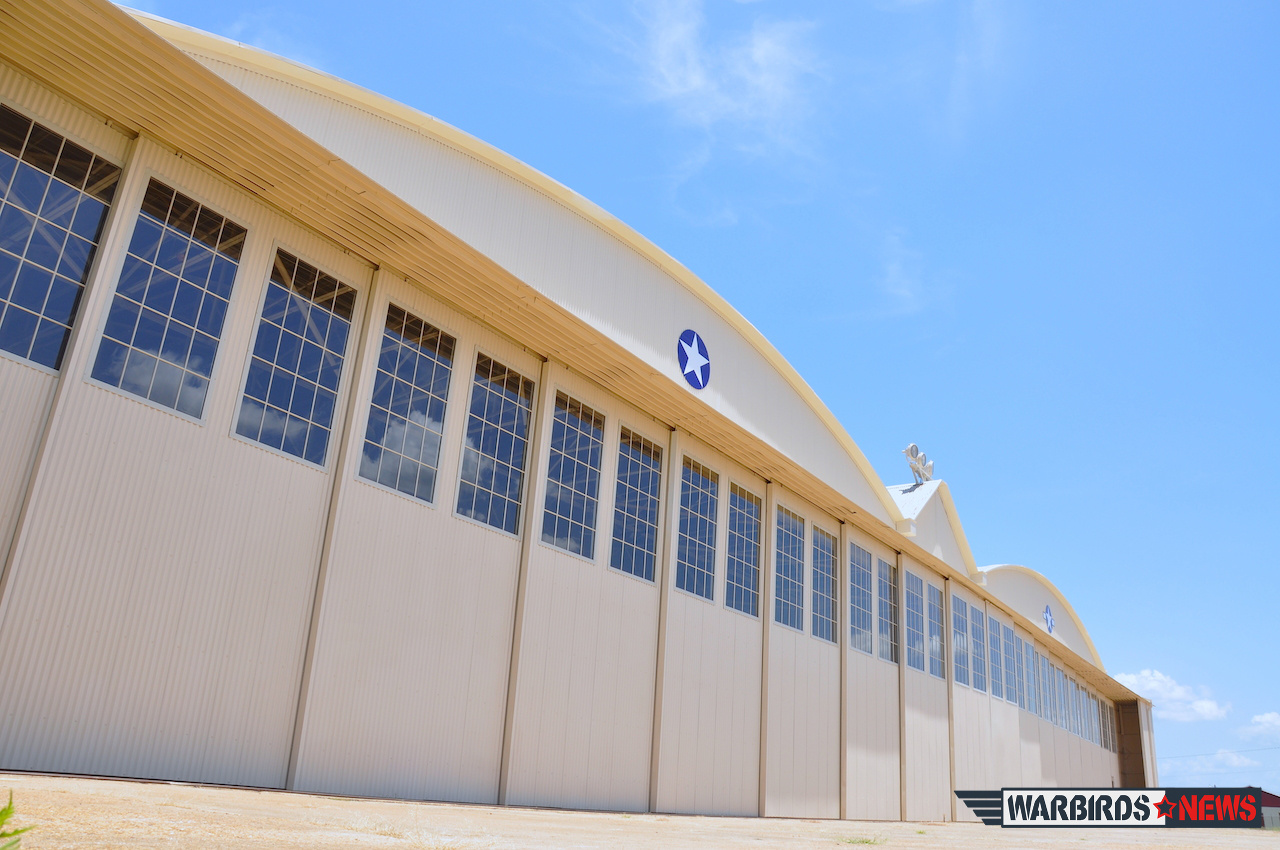
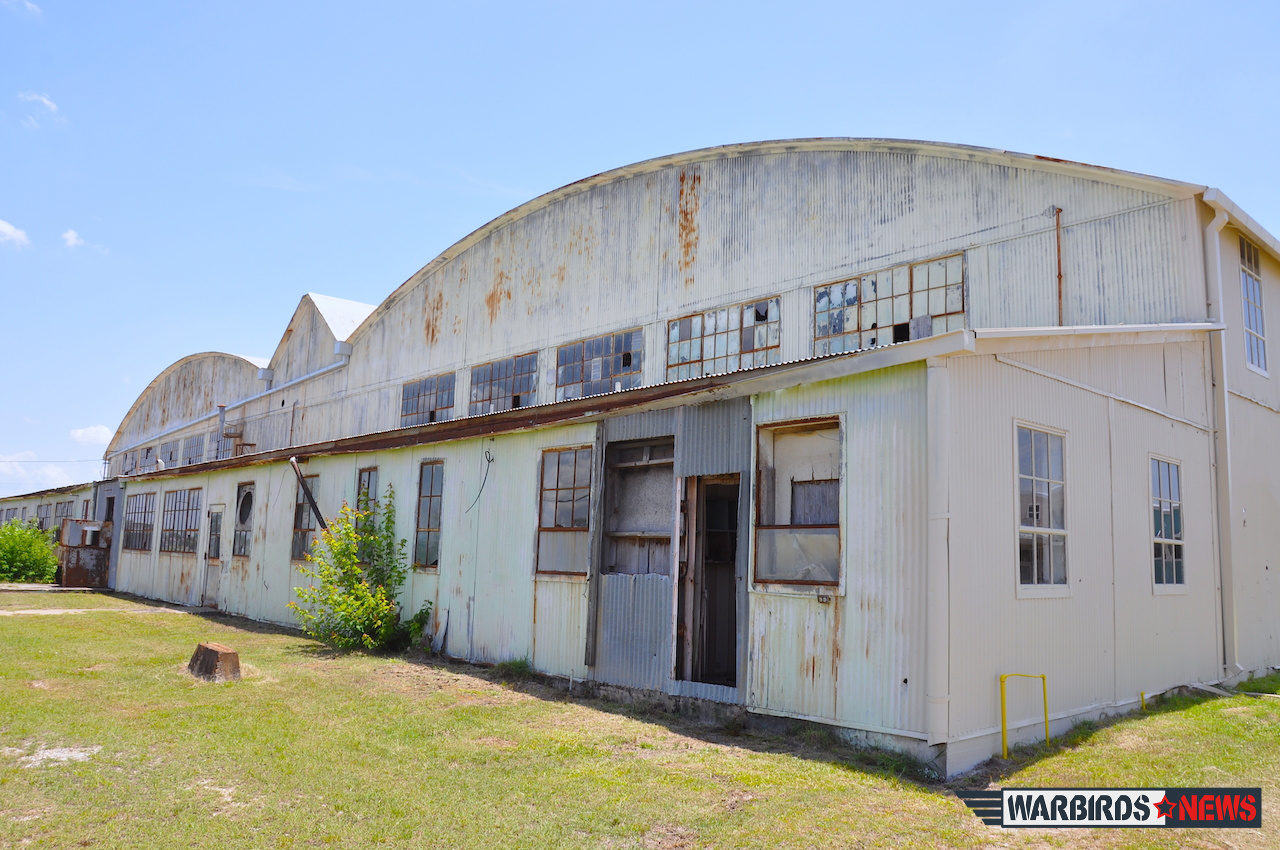
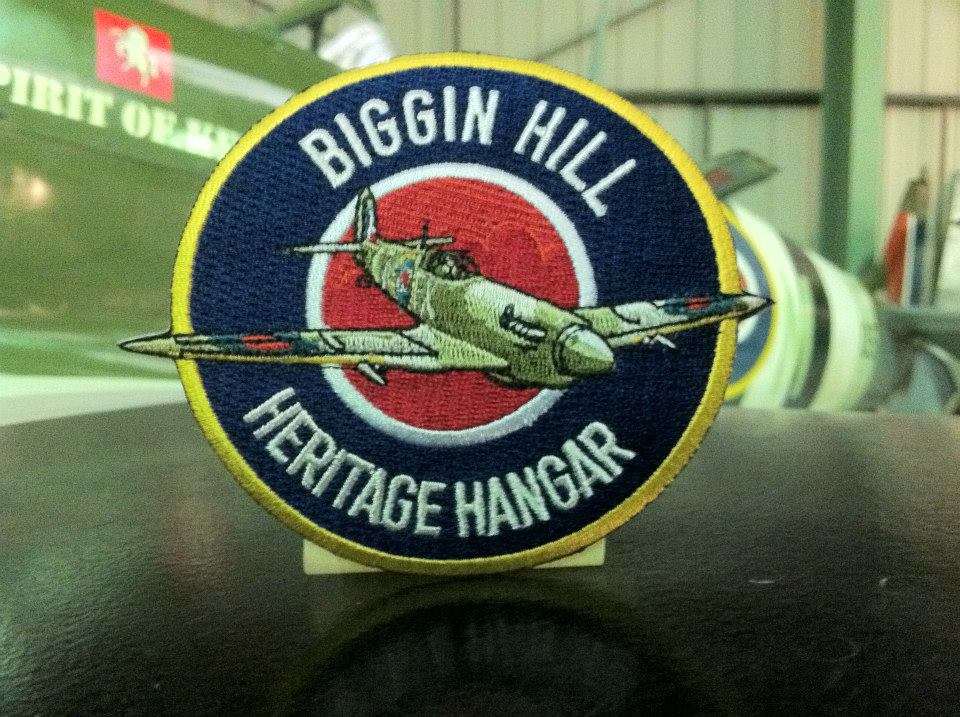
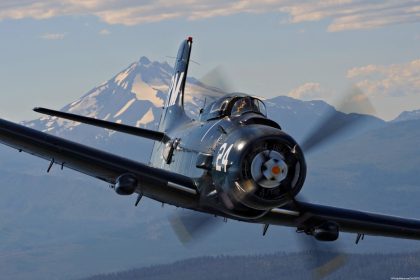
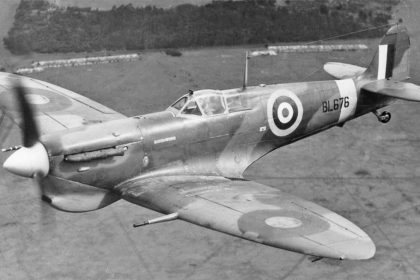
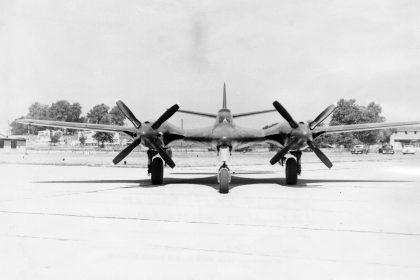
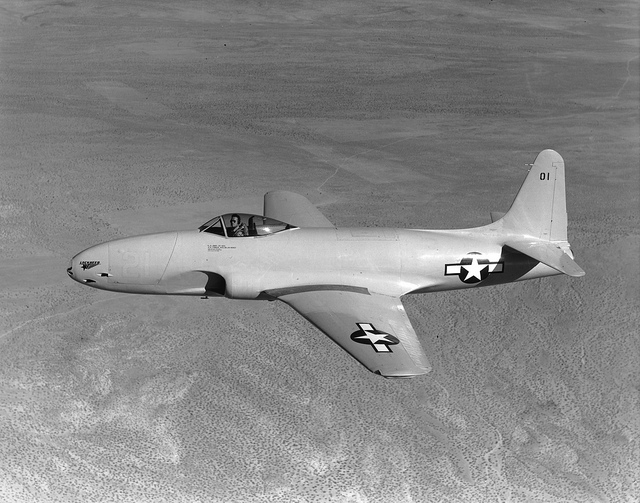
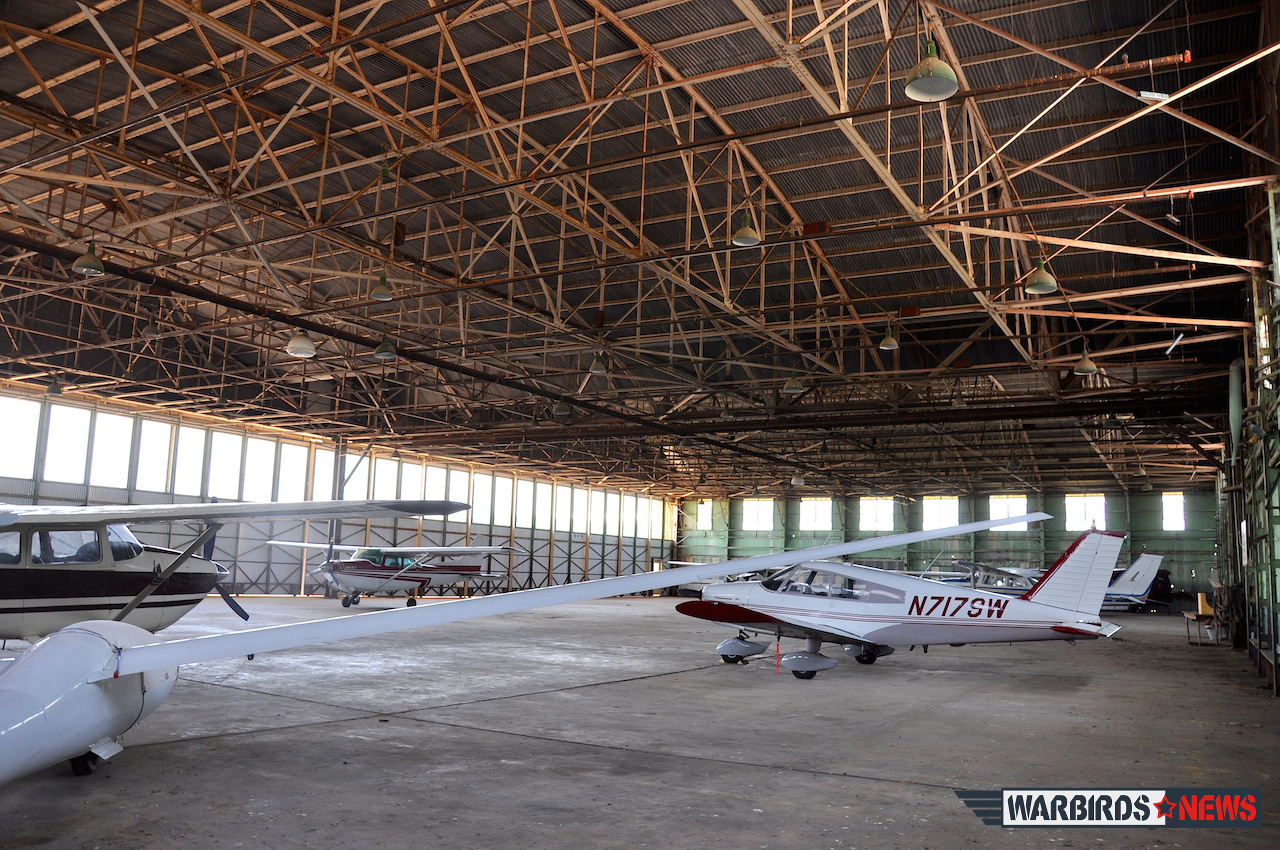

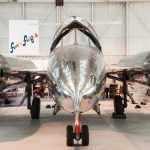
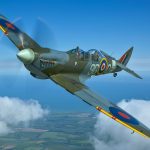
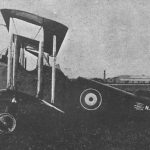

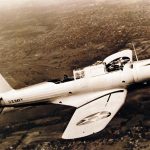
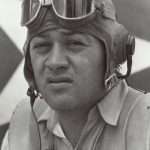



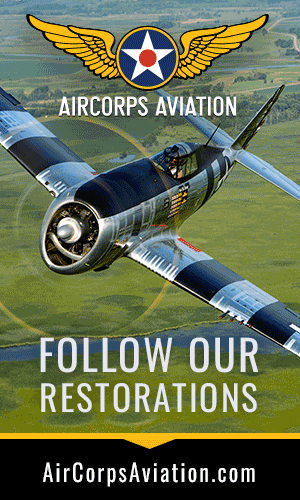

As a kid my dad, Vernon Darley served as the base contracting officer from 1955 -1960.
In later years dad and mom, Joyce Darley, hosted semi-annual Bainbridge Air Base reunions. I attended the very last one when artifacts from the group were tone handed over to a museum-to-be.
I think that historical markers /historical site status should be conferred upon all these air fields where our heros flew.
Could not agree more. My father-in-law took his initial flight training here and was commissioned a 2nd Lt. He served in WW2, Korea and Vietnam. He retired a LtCol with the USAF and is buried at Arlington National Cemetery.
My dad was a flight instructor at the Bainbridge Air Base and worked for Southern Airways. I was born in Bainbridge during the time he was there.
Joan, just wondering when your father instructed at the airfield. My father was a cadet there in Nov. and Oct. 1942. Maybe their paths crossed and wondering is you have any photos from back in the day. I am doing research on my father for a book I am working on.
Thanks Jack Donovan
Wonder how my husband can find if his dad served here in the 40’s? all his mom can remember is his dad served in the military in bainbridge,ga.
Air base was also used for sports car racing in the mid 60s, sanctioned by the Sports Car Club of America. Raced my Volvo PV 544 to a 1st overall in 1965. Remember it being a very fast track amongst the abandonded buildings.
My family now owns a house in Flint River Heights. A great uncle recently visited and told us it used to be an officers club for the air base in the 50’s!